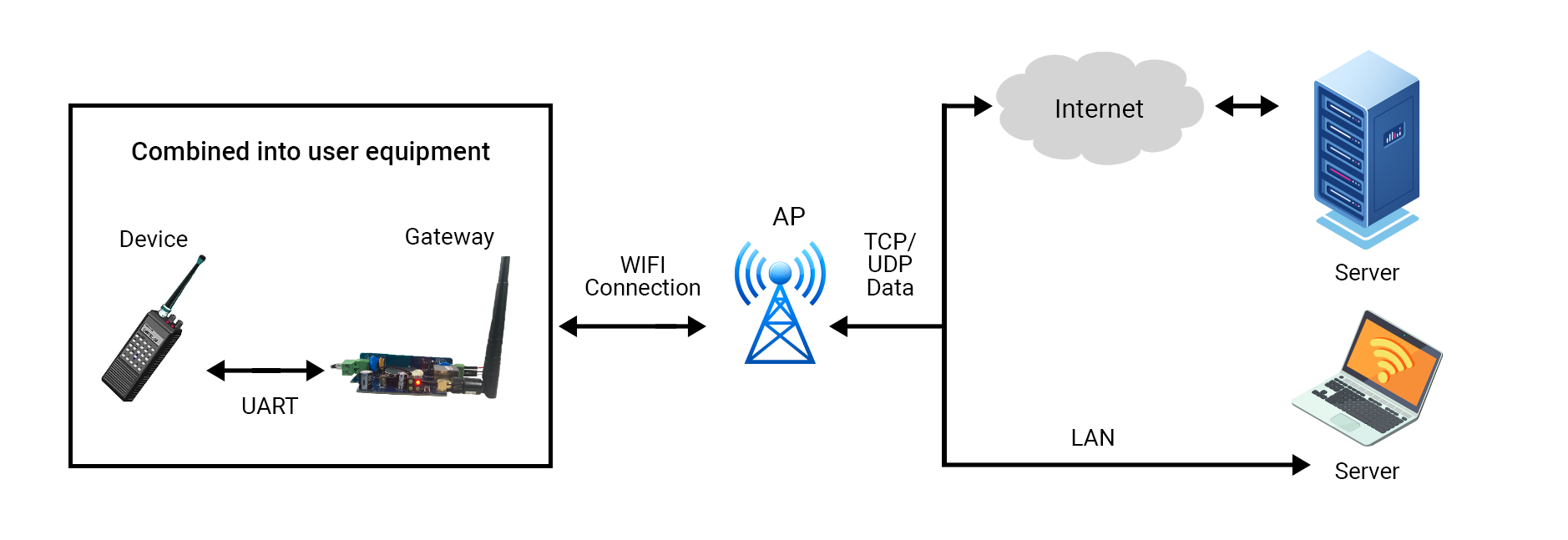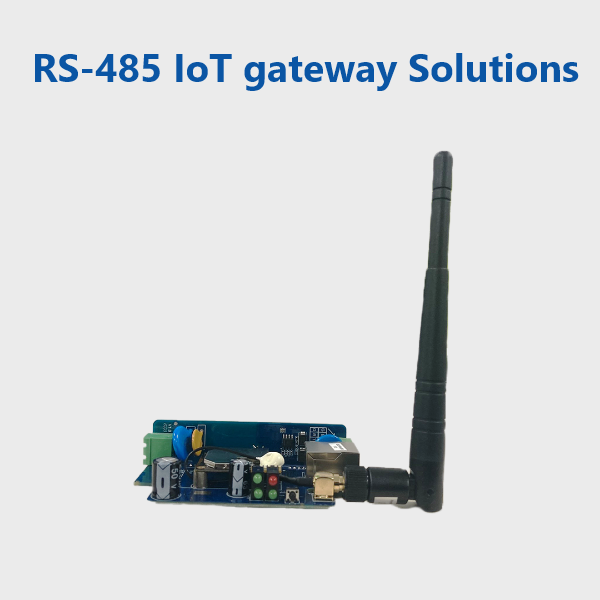
- About Us
- Our Services
- Solution
- Products
- Hire
- Technologies
- Industries
- Resources
- Contact Us

The IoT Gateway can realize the bi-directional transparent data transmission between RS-232/RS-485, Wi-Fi, and Ethernet. To understand the working this equipment, read our case study on RS-485 IoT Gateway. You can assign working details, make serial data and TCP/IP data package transparent transfer by the converter, and assign working details via Web Server or setup software with a simple configuration.
The hardware interface of RS-485 consists of,



| Ethernet | 1x LAN port |
| Wifi | 1 x 802.11b/g/n Wi-Fi interface |
| Buffer (Rx/TX) | Max 16K bytes |
| Protection | 2 KV Electromagnetic isolation for Ethernet port |
| Network Protocol | IP/TCP/UDP/DHCP/DNS/https/ARP/ ICMP/WebSocket/https client |
| Speed Rate | 10/100 Mbps |
| Wi-Fi Certificate | FCC/CE |
| Wi-Fi | 802.11 b/g/n |
| Frequency Range | 2.412GHz-2.484GHz |

| 802.11b | +19dBm(Max) |
| 802.11g | +18dBm(Max) |
| 02.11n | +17dBm(Max) |

| 802.11b | -89dBm |
| 802.11g | -81dBm |
| 802.11n | -73dBm |

| Interface Standard | |
| RS232 | 300~460.8Kbps |
| RS-485 | 300~460.8Kbps |
| Input Voltage | DC5~36V |
| Operating Temp. | -40℃~ 85℃ |
| Storage Temp. | -40℃~ 125℃ |
| Size: 86*82.5*25mm(L*W*H) | |

| Network Mode: | Station/AP/AP+Station |
| Security | WEP/WPA-PSK/WPA2-PSK |
| Encryption | WEP64/WEP128/TKIP/AES |
| Work Mode | Transparent transmission, serial AT, https Client, ModbusTCP <=>Modbus RTU |
| Max. Client Number in TCP Server Mode | 24 |
| Configuration | Web server |
Well, the RS-485/422/485 IoT Gateway allows communication between two devices. One of which could be a computer that's connected via Wi-Fi or Bluetooth, and the other can be any other device with an RS-485 port, such as a sensor, HVAC unit, or even another computer! It's perfect for connecting sensors to your home automation system without the need for Ethernet cabling!
The key benefits of RS-485 IoT Gateway over other serial communication methods include its ability to tolerate electrical noise, long cable runs, support for numerous slaves on a single connection, and quick data transmission speeds.
Want more information on the RS-485 IoT gateway? HashStudioz can help you in the best possible ways!!
The RS-485 IoT gateway is a device that enables seamless integration of RS-485 devices into Ethernet-based IoT networks, allowing for efficient data transmission and communication between industrial equipment and control systems.
An RS-485 to WiFi converter allows RS-485 devices to connect to wireless networks, providing flexibility and mobility in IoT applications where wired connections may be impractical or costly.
An RS-485 to TCP/IP converter facilitates the integration of RS-485 devices into TCP/IP-based networks, enabling remote monitoring, control, and data exchange in industrial IoT environments.
The RS-485 IoT gateway incorporates robust security features such as data encryption, authentication, and access control to ensure secure data transmission over Ethernet, WiFi, or TCP/IP networks.